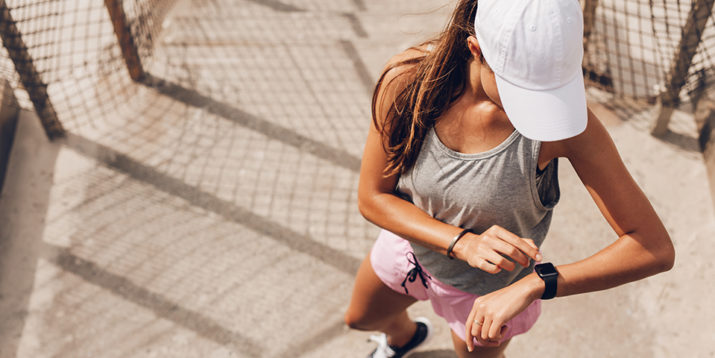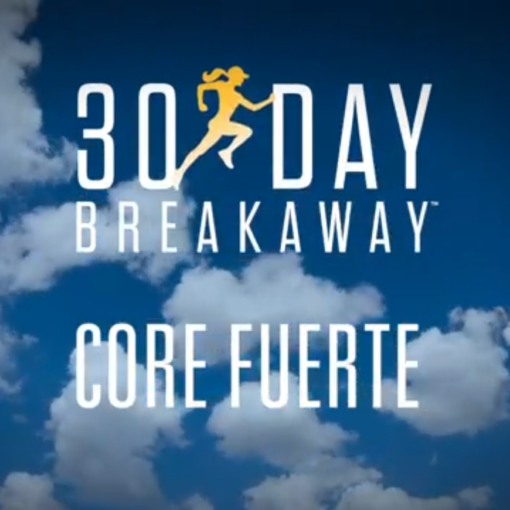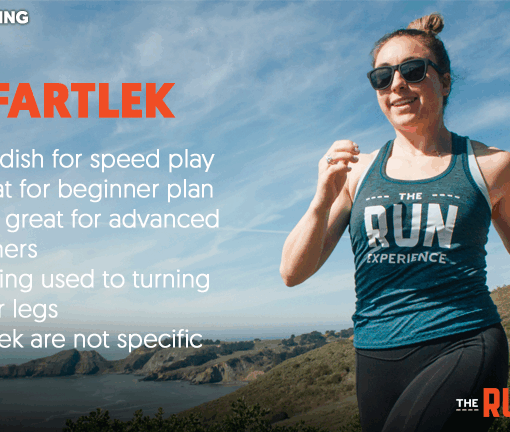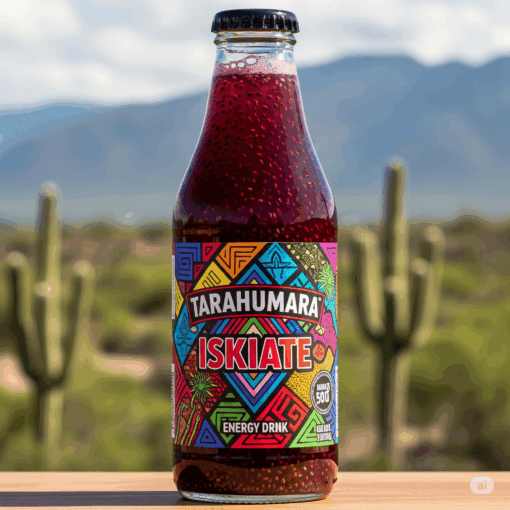Hot weather running advice starts with common sense. Only you know your heat tolerance and whether you should run on very hot days. I don’t tolerate heat or humidity as well as I used to, so I simply start running as early as I can, and preferably before sunrise in the heat of summer. Scroll down for hot weather running advice, but always make sure to use common sense.

Your Guide to Smarter Hot Weather Running
Summer is here, and with it comes longer days, sunshine, and… heat. While the idea of a leisurely run in the warmth is appealing, hot weather running presents unique challenges that can quickly turn a pleasant jog into a struggle. But don’t hang up your running shoes just yet! With a few smart adjustments, you can continue to enjoy your runs safely and effectively even when the mercury rises.
Here’s your essential guide to conquering the heat:
1. Timing is Everything: Embrace the Extremes
The most crucial advice for hot weather running is to avoid the hottest parts of the day.
- Early Birds Get the Cool Air: Mornings are almost always your best bet. The sun hasn’t had a chance to fully bake the pavement, and temperatures are at their lowest. Aim for sunrise if possible.
- Twilight Trails: If mornings aren’t feasible, consider late evenings after the sun has begun to set and temperatures are dropping. Be mindful of visibility and safety if running in the dark.
- Check the Forecast: Always look at the hourly temperature and humidity levels before you head out. Humidity makes the heat feel even worse and impairs your body’s ability to cool itself through sweat evaporation.
2. Hydration, Hydration, Hydration: Before, During, and After
You simply cannot overstate the importance of hydration when running in the heat.
- Pre-Load: Start hydrating well before your run. Sip water consistently throughout the day leading up to your workout.
- Carry Water (or Plan for It): For runs longer than 30 minutes, you should carry water with you or plan a route with water fountains. Handheld bottles, hydration belts, or vests are excellent investments.
- Electrolytes are Your Friend: Sweating profusely means losing essential electrolytes like sodium and potassium. For longer or more intense runs, consider a sports drink to replenish these vital minerals, or add electrolyte tablets to your water.
- Post-Run Rehydration: Don’t stop drinking when you stop running. Continue to rehydrate with water and electrolytes.
3. Dress for Success: Less is More, and Lighter is Right
What you wear plays a significant role in your body’s ability to cool down.
- Lightweight and Loose: Opt for apparel made from lightweight, breathable, moisture-wicking fabrics. These materials draw sweat away from your skin, helping it evaporate and cool you down.
- Light Colors: Dark colors absorb heat, while light colors reflect it. Stick to whites, light grays, pastels, or neon shades.
- Minimal Coverage: The less fabric against your skin, the better. Tank tops, shorts, and even sports bras are ideal.
- Protect Your Head: A lightweight, light-colored running cap or visor can shield your face from the sun and help keep your head cooler.
4. Adjust Your Expectations: Slow Down and Listen
Hot weather running is not the time to chase personal bests or high mileage.
- Pace Yourself: Expect to run slower than usual. Your body is working harder just to regulate its temperature. Don’t fight it.
- Embrace the “Easy” Run: If your training plan calls for a tempo run, consider making it an easy run instead. Focus on effort level, not pace.
- Walk Breaks are Smart: Don’t hesitate to incorporate walking breaks. This is a smart strategy to manage your core temperature.
- Listen to Your Body: This is paramount. If you feel dizzy, nauseous, experience chills, or get a severe headache, stop running immediately and seek shade and hydration. These are signs of heat exhaustion.
5. Seek Shade and Strategic Routes
- Tree-Lined Paths: Opt for routes that offer plenty of shade from trees or buildings.
- Trail Running: Dirt trails often feel cooler than asphalt or concrete, which absorb and radiate heat.
- Avoid the Pavement: If possible, stay off blacktop roads which can be significantly hotter than air temperature.
6. Know the Warning Signs: Heat Exhaustion vs. Heatstroke
Understanding the difference and recognizing the symptoms is vital for your safety.
Heat Exhaustion Symptoms: Heavy sweating, cold/clammy skin, nausea, dizziness, fatigue, muscle cramps, headache, faintness.
- Action: Stop, get to a cool place, lie down, elevate feet, drink cool fluids. If symptoms worsen or don’t improve, seek medical attention.
Heatstroke Symptoms (Emergency!): High body temperature (104°F+), hot/red/dry or damp skin, confusion, slurred speech, seizures, loss of consciousness.
- Action: Call 911 immediately. This is a life-threatening emergency.
By being smart about your timing, hydration, clothing, and expectations, you can continue to enjoy the benefits of running all summer long. Stay cool, stay safe, and happy running!



